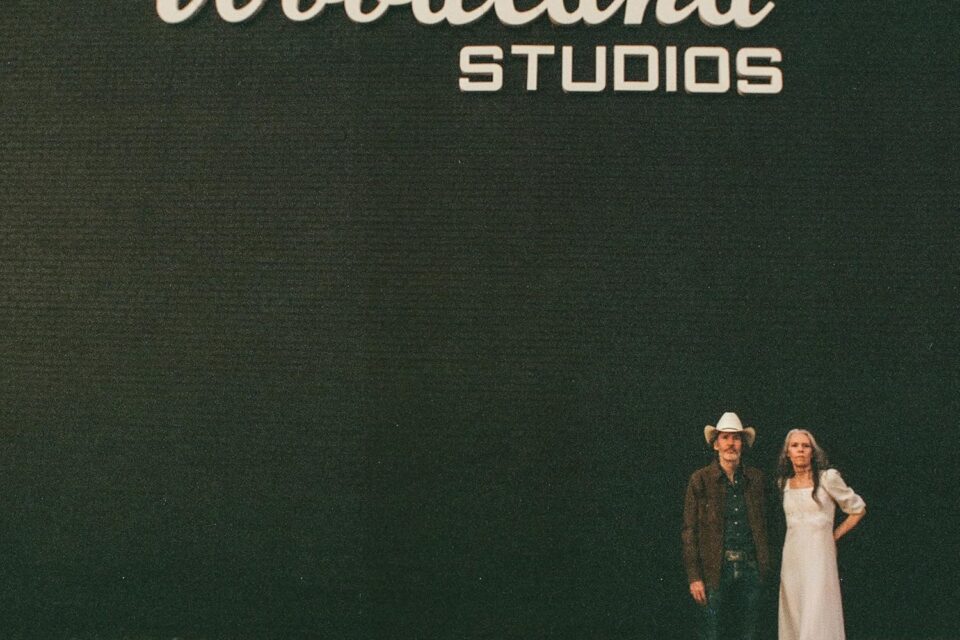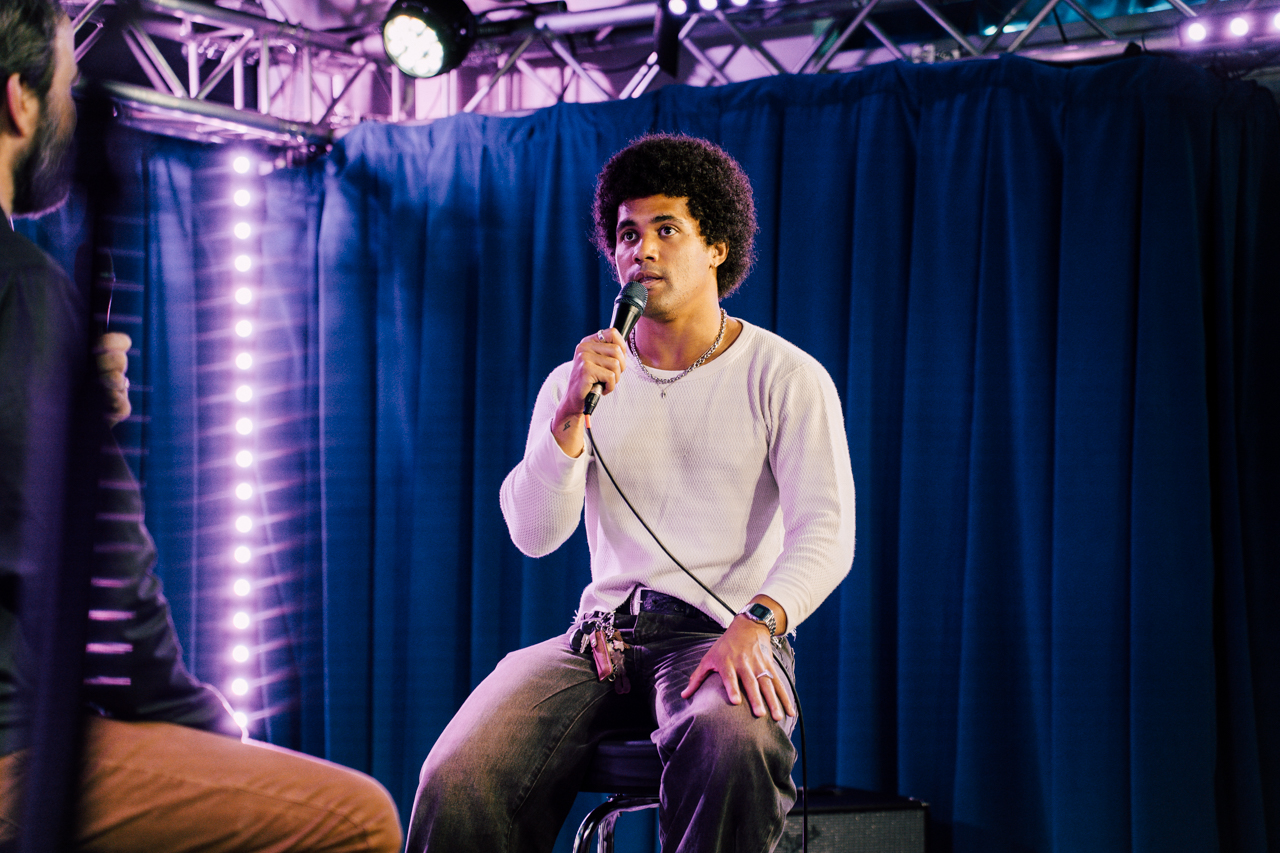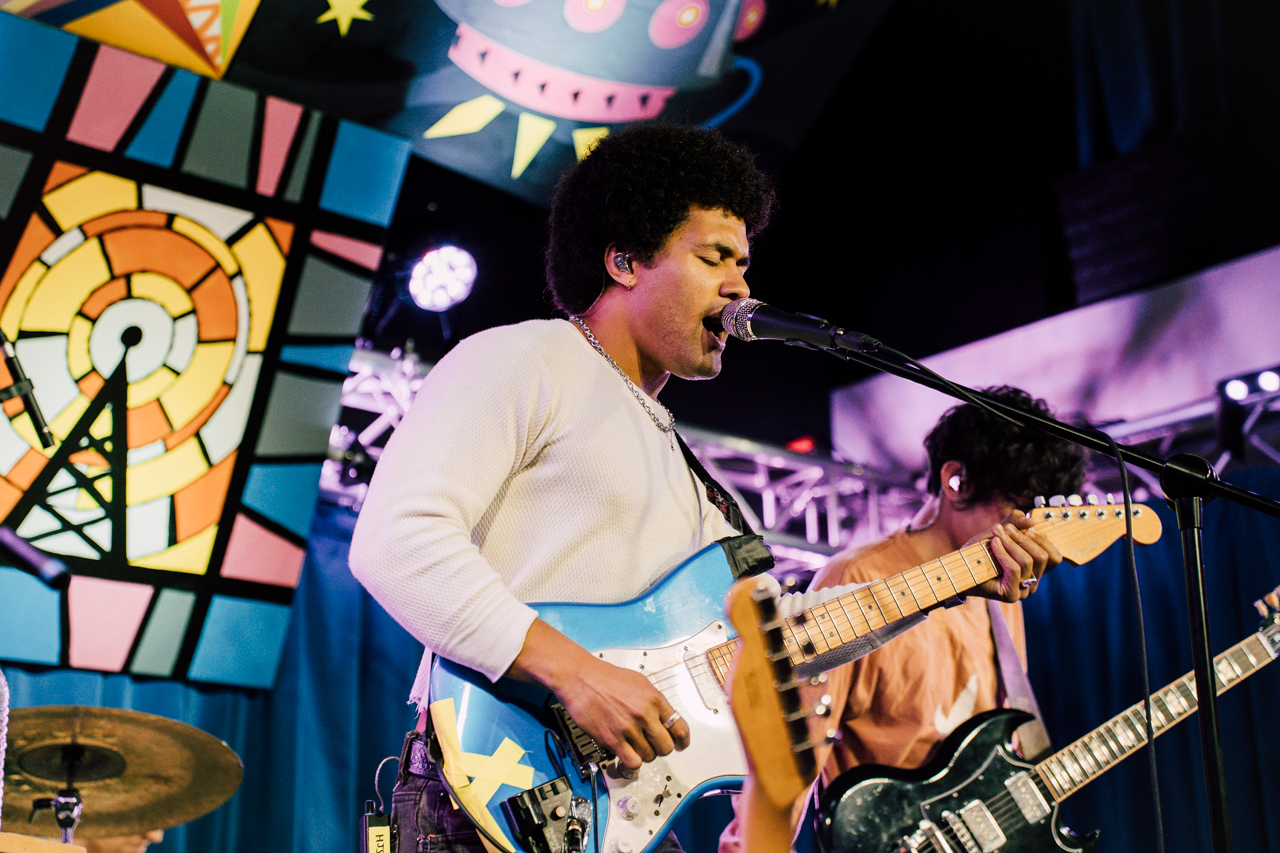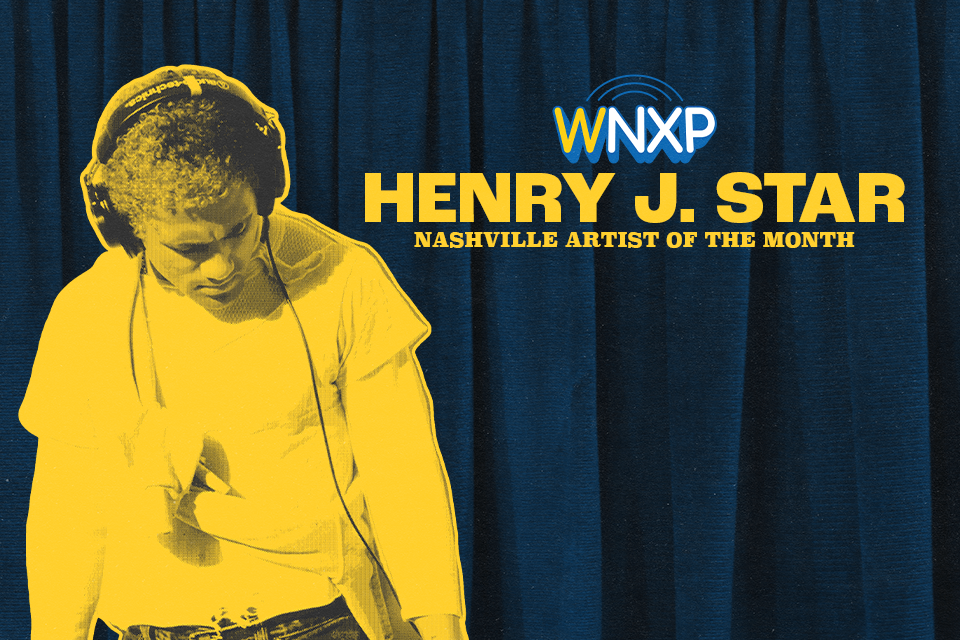A number of storied recording studios capitalize on the tourism impulses of music fans willing to shell out to see the history those places hold inside and load up on souvenirs to take home. Tours of Stax and Sun Records are a big draw in Memphis, and both RCA Studio B and Third Man have become destinations in Nashville. But Woodland Studios, a behemoth positioned in the heart of East Nashville, is more of a black box.
People who pay to park in the lot next to it may or may not realize that Woodland’s still an active studio, one that’s long been the property of roots music royalty Gillian Welch and David Rawlings. Their most explicit adaptation to rampant development all around the property was deciding it was time to charge the people snagging spots on their way to nearby eateries and bars.
“It had been free forever,” said Welch. “But finally we had to change it into a pay lot, because we couldn’t park anymore.”
When she and Rawlings released an album named for their studio earlier this year and gave interviews about it, the primary narrative was how they’d weathered the devastation of the 2020 tornado and what major repairs the building required.
The thing is, that wasn’t the studio’s first brush with a tornado. Once a movie theater, the building became a studio in 1968. Back then, it was known as Woodland Sound, but a 1998 storm blew the word “sound” right off the wall. And even though the place operated for several more years, there was a perception around town that it wasn’t in the best shape. That reputation enabled Welch and Rawlings to buy it in 2002. They only later learned how close they came to a bidding war with drug store chain. “What stopped it from being snapped up immediately,” Rawlings explained, “was that there’s another building on the corner, the old bank building that is now the wine store. And that blocked the visibility.”
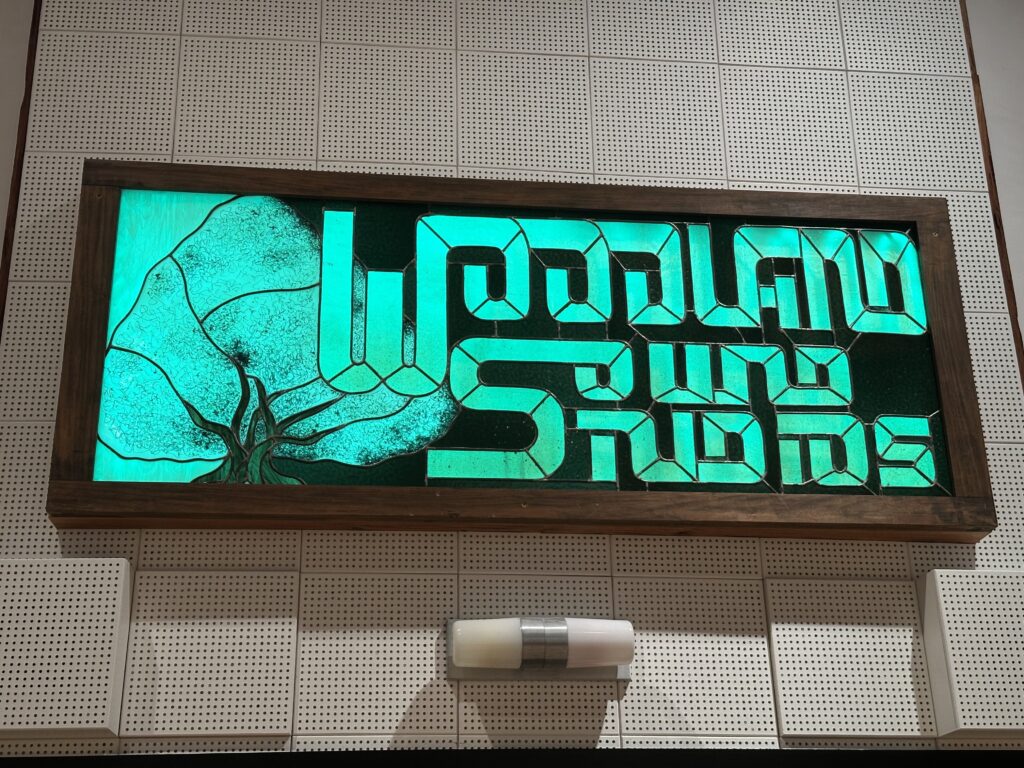
“If they could have gotten that corner, this would be a Walgreens,” Welch adds.
Big-time DIY
At the time, a lot of other musicians were building home studios. Welch and Rawlings – never ones to follow a trend – opted to take the DIY approach to outfitting what had long been a big, commercial recording space for their own use.
“I built this windowsill,” said Welch, tapping on a wooden ledge beneath the control room window. They’d called up knowledgeable contacts who told them how to properly construct it with sound isolation in mind, and how to install the patch panel in the wall where they’d plug everything in. “Dave would do the soldering,” Welch recalled, “and I would kind of kneel next to him with the light.”
Their massive, analog mixing console, once used on Sesame Street, was definitely a fixer upper, too.
“This board was basically empty,” she said, noting that it only had the components to record two tracks at a time. “We would go on tour and we would make money and we would save it up until we could buy another module. And we’d put another one in. It was a great day when we bought the last module and we filled the board.”
They’d done sessions at Woodland back when it was under different ownership, for Welch’s T Bone Burnett-produced debut, Revival, and for their buddy Ryan Adams’ Heartbreaker. But once they secured the studio as their domain, it became the workshop for all of their albums, beginning with 2003’s Soul Journey, as well as for select projects that Rawlings produced for other artists, like Old Crow Medicine Show.
Eventually they moved the offices of their small label, Acony, out of a garage and into the front of the building, an area that had housed the operations of the gospel label Nashboro decades earlier. But they had no intention of making the studio available for anyone else to book for sessions.
“For a lot of that time the studios all around Nashville were closing down,” said Rawlings. The hourly rates they could charge hadn’t gone up in a generation, but the costs sure had. And if Woodland got back into the game, Rawlings knew they’d face the same challenges: “You know, a space this big with the staff that you would need.”
Full Restoration
In March 2020, Welch and Rawlings’ attention turned to rescuing the delicate gear and storehouse of tape that was left vulnerable in the studio when the tornado ripped its roof off. Being forced to rebuild also amounted to an opportunity — to finally return the place to its original glory.
“If you listen to the Will The Circle Be Unbroken record, which was done in the B Room before the carpet came in, you can hear how nice of a space it was for acoustic music,” said Rawlings.
That shaggy, 1972 string band opus, where the young country-rockers in the Nitty Gritty Dirt Band picked alongside their venerable elders, was just one example of their original setting serving an unplugged sound. But over the years, as production trends evolved in a sleeker, more compressed direction, the studio got carved up into smaller spaces. “They’d done a lot of stuff that wasn’t really tied into the history of the room, and wasn’t really as good for what we did artistically,” Rawlings observed.
Even musical approaches they’d adopted only occasionally in the past, like employ a string section, weren’t well suited to the building’s chopped-up phase. After their redesign, the big room at Woodland could once again accommodate that.
Rawlings, whom Welch described as “the engineer of the family,” had his precise, technical ways of testing, and tuning, the room’s new acoustics. And she had hers.
“Usually I just come in and kind of stomp my feet and clap a little,” she demonstrates. Then she broke into a mournful a capella line. “I’ll just sing a little and see what comes back.”
With the right amount of natural reverb, she went on, “it’s not like you feel grander, but it’s like you can hear every single detail of the music you’re making. It hangs around just a little bit longer than if it went off into the air, into nothing.”
So what if the old chairs creak?
Welch and Rawlings found where the sweet spot is for recording their intimately intricate folk duets in the space. The set up they traditionally use is still arranged the way it was for the Woodland album sessions, in a sort of squatty T shape.
“In fact,” Welch noted, “we’ve welded the stand the microphone stand now to hold both of our microphones at a constant distance, so that it doesn’t change,”
Another constant is the furniture. The two of them still perch on the same hard, old wooden chairs that they got from a thrift store probably three decades ago.
“We leave them because we’ve been playing in these chairs,” Welch said, wiggling around a bit in her seat to make it creak. “See, I know you’ve heard that on a record!”
That’s the sort of geeky, little detail that people would pay to experience for themselves, I told Welch and Rawlings, who started laughing before I finished the thought. They’d heard it before, from their engineer, who meant it as a joke. He’d just visited Sun Studios, said Welch, “and he’s like, ‘You guys should give tours.’”
She and Rawlings laughed some more.
But every once in a while they’ll get a visit from the children of gospel singers who recorded there for Nashboro.
“It’s happened a dozen times,” said Rawlings. “Someone’s like, ‘I spent a lot of my childhood coming here with my parents singing gospel. And we just were running around, and I wanted to see if the building was still here.’”

